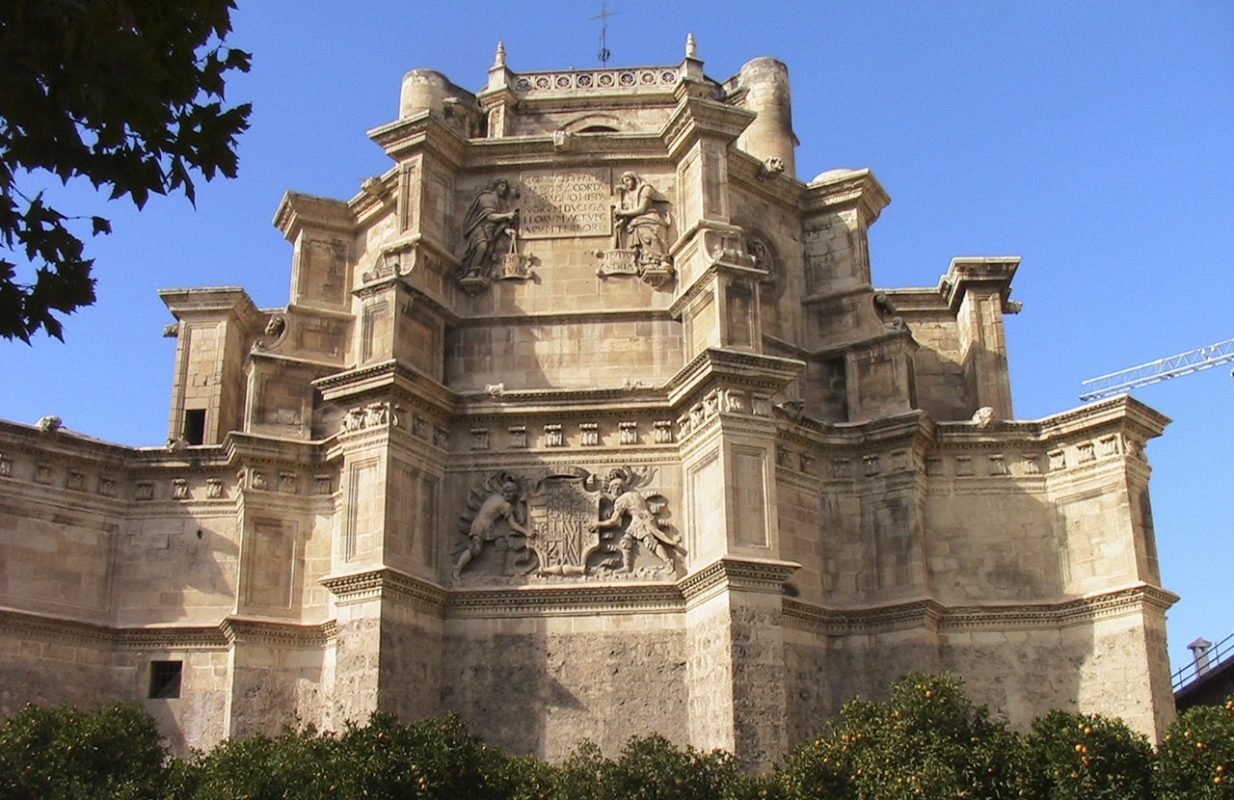
Home / The Best Things to do in Granada
Granada is a showstopper before you even step foot inside the city. Once the Spanish Moor’s largest stronghold, you’ll find remnants of their legacy throughout, and the entire is set against the snow-dusted peaks of the Sierra Nevada mountain range.
The scent of spices swirls around the street stalls, and horseshoe and keyhole arches are found throughout the architecture of the old town, a remnant of its Arabic past. The most impressive architectural relic of this period is, without a doubt, the Alhambra palace, it is a Granada must-see. Sitting atop the Darro Valley, it looks across to the old Arabic quarter, the Albaicín, where plazas offer amazing city views, and you can even find traditional Arabic teahouses (teterías).
The city’s long history blends with the modern day, leaving a fascinating mix of Granada tourist attractions and a vibrant atmosphere, ensuring you’ll have plenty of things to do in Granada.
We organize private Alhambra tours and guided tours around the city of Granada. We’ve also put together all of Granada’s must-see experiences, so you can get the most out of your stay.
In Granada, you’ll find a rich collection of historic sites and cultural experiences to enjoy, as well as bars, bohemian cafes, traditional tapas bars, and flamenco clubs to explore. We believe you should stay at least three days and have created a guide to what to in Granada on a weekend. But if you’re stuck for time, check out our guide to see in Granada in a day.
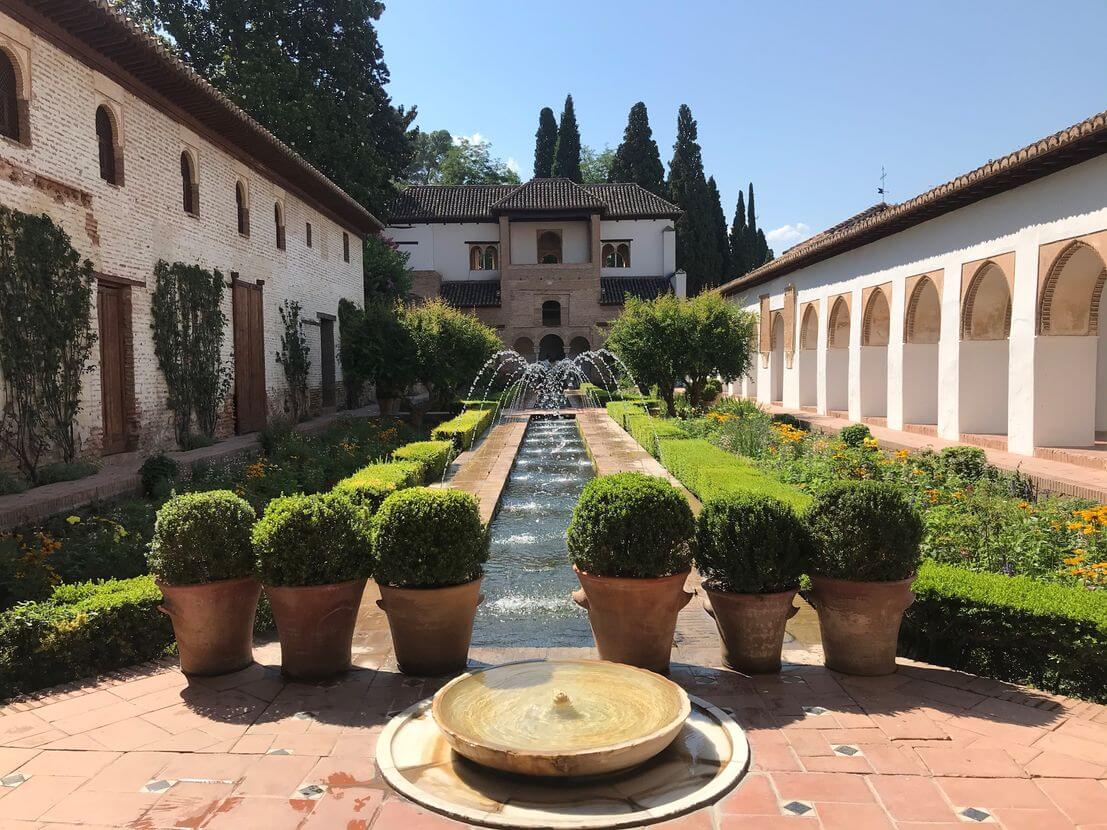
The Alhambra is a fortress and palace of the ancient Moorish leaders of Granada, pre-dating the Roman Catholic reign. Considered one of the most beautiful palaces in Spain, an icon of Andalucia, and the soul of Granada, the Alhambra was declared a World Heritage Site by Unesco in 1984 and has become one of the most visited ancient sites in Europe.
The monumental complex atop a cliff overlooking the city was built over 120 years between 1238 and 1358 by consecutive rulers of the Nasrid dynasty. The decorative stucco, tiles, pools, and fountains are a masterpiece of Islamic architecture; each space and garden revealing an intriguing history.
Within the complex, you can visit the Alcazaba, the oldest part of the Alhambra, along with the Nasrid palaces: the Mexuar, the Comares palace, and the Palace of the Lions. The Generalife is set outside the walls of the Alhambra and was built as a country estate featuring several stunning gardens.
Looking to plan your visit?
Discover what to see at the Alhambra with this guide.
We recommend you prepare for your trip to the Alhambra by organizing things well in advance, as it is Spain’s most popular attraction. Here is our guide on how to buy tickets for the Alhambra.
Begin your tour of the city in Granada’s old town, where you’ll get a real feel for the history of this fascinating place. Its streets are mainly pedestrianized, which makes it perfect for strolling, and you’ll find authentic architectural gems that transport you back to its Moorish past and the triumphant days following the Christian ‘reconquest’.
Check this helpful guide to
Once Granada’s Moorish rule fell to the Christian conquerors, work began on Spain’s first Renaissance cathedral in 1518, to establish the seat of the Archdiocese of Granada. The carved walls, pillared nave with a checkered marble floor and 265 foot bell tower are all open to visitors.
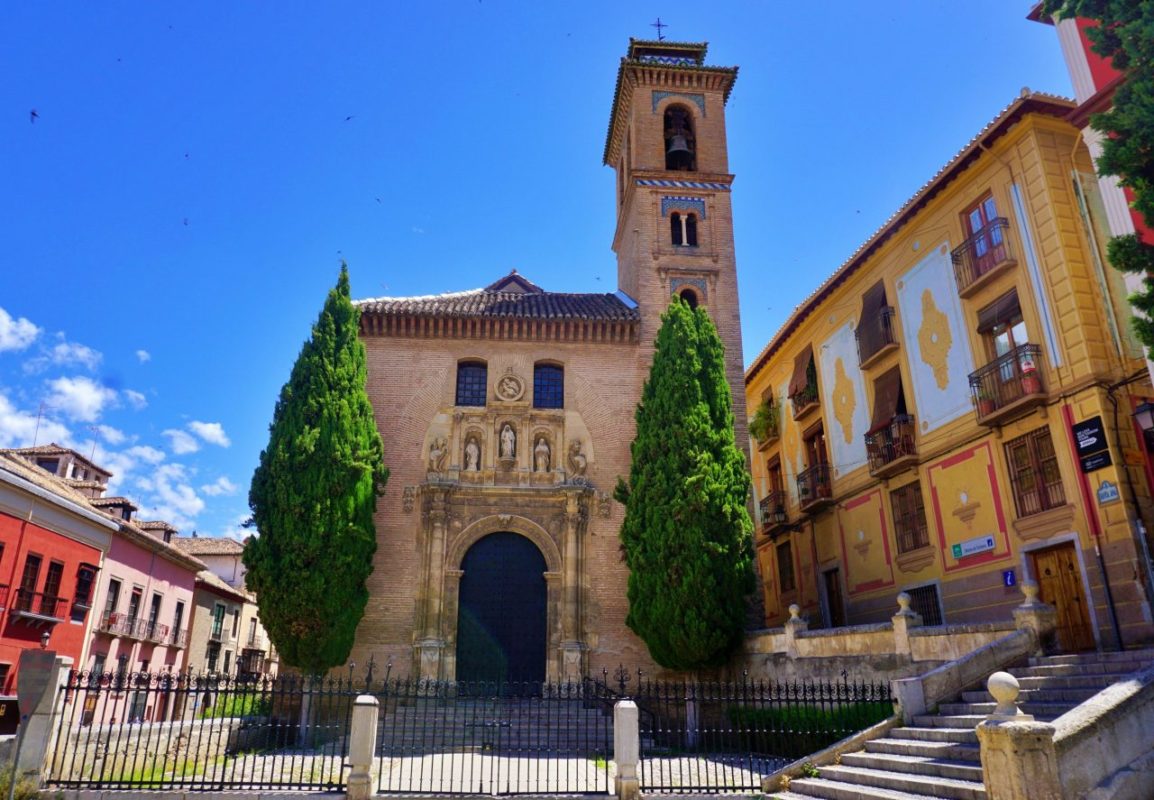
The cathedral’s interior is ornately decorated and contrasts with the Islamic architecture found in the older parts of the city. The towering facade is largely the work of Granadino architect and artist Alonso Cano, who was responsible for the cathedral’s baroque features when he took over its design in 1652.
The Royal Chapel, or Capilla Real as it’s locally known, was a later addition to Granada’s cathedral. It was built as a mausoleum for the Catholic monarchs Ferdinand and Isabella, who lie in state behind a wrought-iron grille.
You can buy tickets for the chapel or get a combined ticket with a visit to the Cathedral and other monuments, such as the Carthusian Monastery.
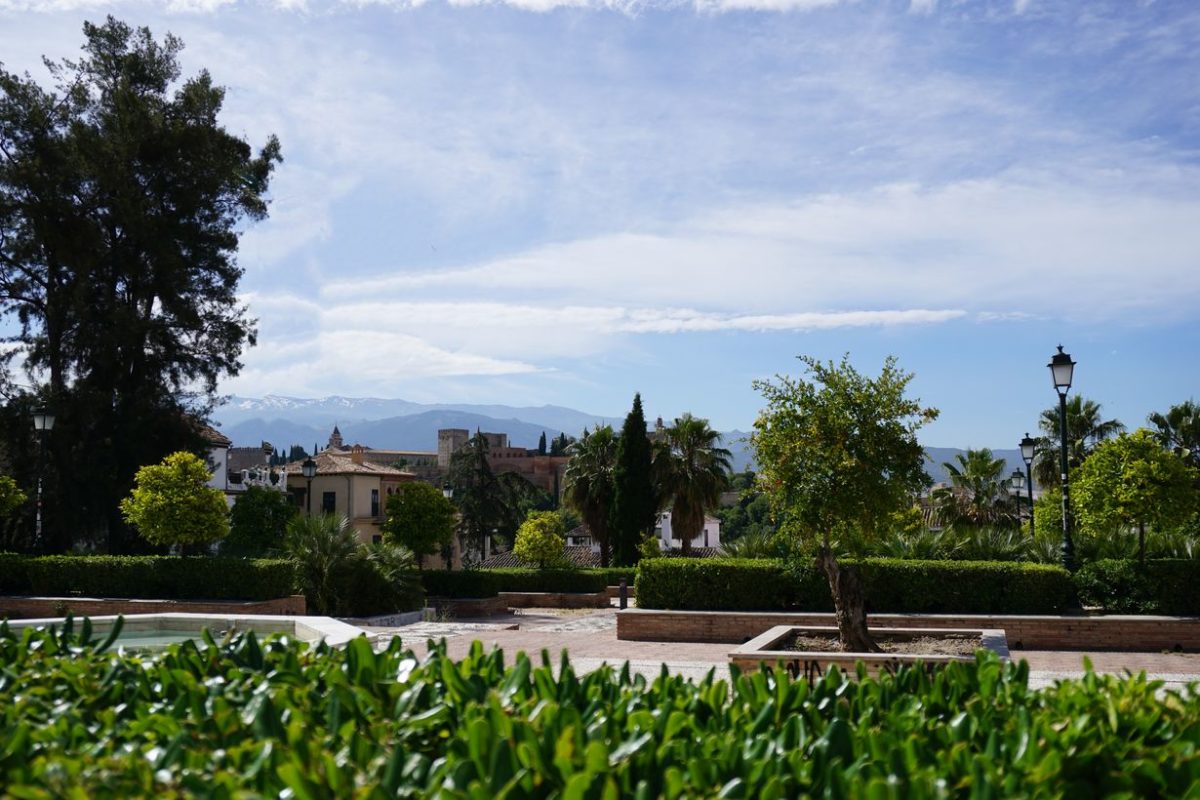
Take a step back in time to the days of Moorish rule with a visit to the city’s oldest neighborhood, the former Arabic quarter of Albaicín. Explore the maze of cobbled streets with whitewashed houses and the scent of jasmine in the air high on a hill across the Darro River from the Alhambra.
The effort to reach this charming neighborhood is handsomely rewarded with stunning views over the Alhambra and Sierra Nevada Mountain range. Spend some time soaking up the atmosphere in Granada’s Moorish heart, spot the Islamic influence and snap some memorable shots at some of the neighborhood’s unique viewpoints (miradores).
If the Albaicín is the Moorish heart of Granada, then Sacromonte is its beating heart and a Granada must-see. Around every corner of this city’s bohemian quarter, you’ll hear the distinctive sounds of impromptu flamenco gatherings that last long into the night. It’s also the best spot to visit a formal flamenco show.
The vibrant neighborhood is one of Granada’s most vivacious attractions – best visited in the early evening to watch the sun set dramatically over the city as the rhythm of the night rises in the air. Many locals still live in houses carved from the rock, and the main street has many flamenco shows. It’s the perfect place for an unforgettable, magical evening.
Once Granada’s Jewish quarter, Realejo is one of the city’s most charming neighborhoods. Meander along its many streets and stumble upon pretty squares, churches, Renaissance villas, cafés, off-beat bars, and murals by graffiti artist El Niño de las Pinturas, which give the neighborhood a creative edge.
Here, you’ll also find Iglesia de Santo Domingo, one of the city’s most interesting churches. Come here to enjoy a different side of the city away from the regular tourist trail.
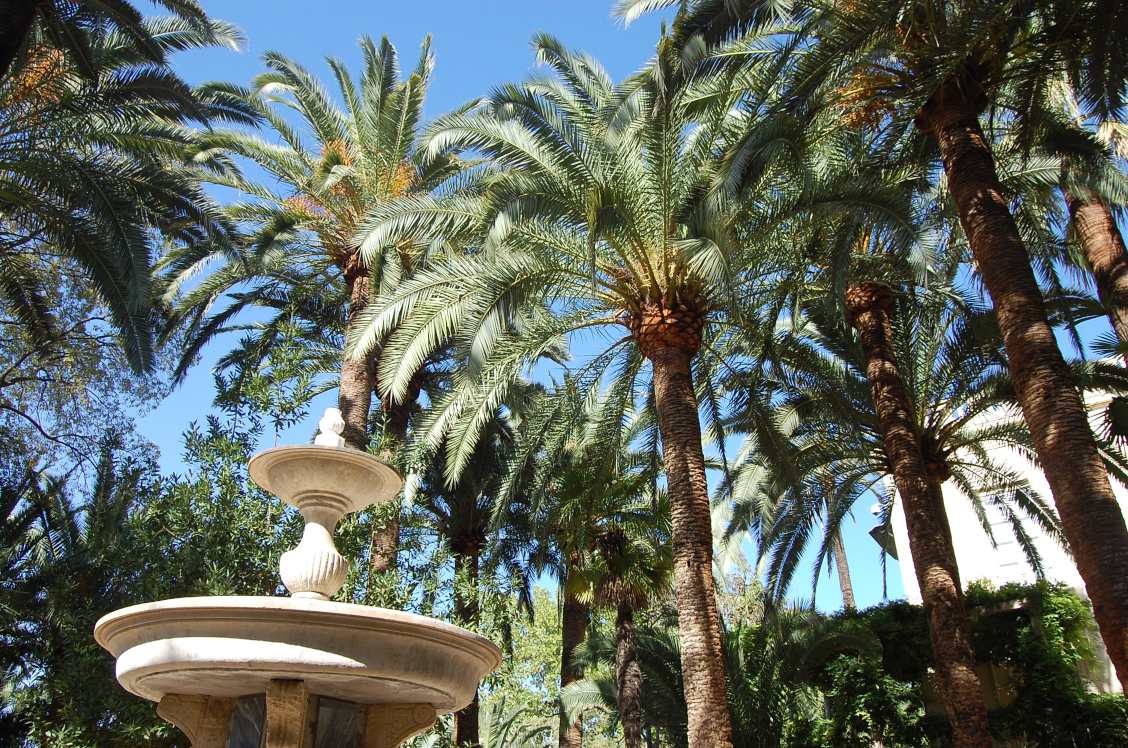
Situated just below the Alhambra, these captivating Carmen de los Martires gardens surround a pretty 19th-century villa and are designed in the English and French styles. Discover shady corners, pools, and fountains, providing the perfect relief from the crowds of the Alhambra or the heat of the day.
Enjoy the green space in peace and cool down under the shaded walkways, protecting you from the powerful sun in summer. Here you’ll find beautiful views across the valley and climb up a fairytale tower in the center of the gardens to experience one of Granada’s most romantic viewpoints.
Padre Manjon road was once known as Paseo de Los Tristes (the Promenade of the Sad Ones, or Walk of Sorrows) as it was the route for funeral processions to the cemetery.
Today, the pedestrianized road and market square is full of the vibrant street life that Granada is famous for. Take a stroll and visit palaces, churches and small eateries. The street is located in the Darro Valley, between the Alhambra and Albaicín.
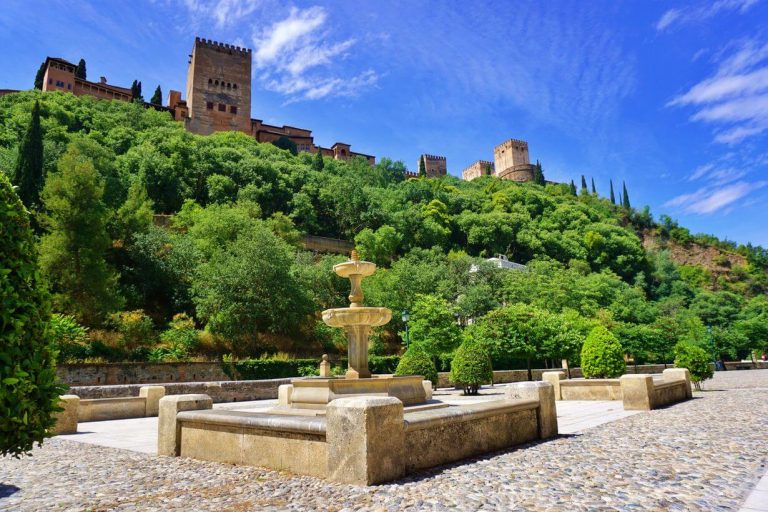
Occupying a beautiful 16th-century mansion, Granada’s archaeological museum reopened after an eight-year restoration project. The museum’s galleries are organized around a Renaissance patio and display findings from the everyday life of the societies that lived in Granada over millennia.
Here you’ll get an insight into Granada’s diverse history and how it became the exciting cultural city we see today. The museum’s biggest draw is a 1.2 million-year-old milk tooth belonging to Europe’s oldest found human being, but there are plenty more treasures to be found.
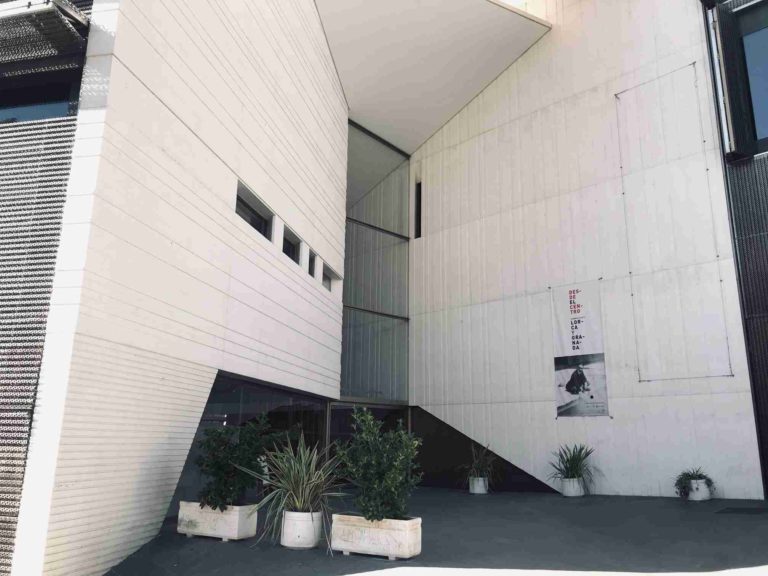
Federico García Lorca is one of Spain’s most revered writers and poets of the 20th Century. The birthplace and home of the author of Andalusian works, including gypsy ballads, Centro Federico García Lorca, is an elegant townhouse, where visitors can see a revealing collection of sketches, documents, and photographs that belonged to the writer.
Lorca was murdered during Spain’s civil war in 1936. His exact burial spot remains a mystery, but it’s thought to lie somewhere outside the city’s official cemetery’s boundaries.
Experience the charms of the old Al-Andalus, the Moorish kingdom that ruled the Iberian Peninsula at a traditional spa. HAmmam Al Andalus is a modern spa created in the spirit of a Moorish bathhouse, with serene pools surrounded by horseshoe arches and Islamic-inspired architecture.
Treat yourself after an afternoon’s walking and soothe your body and soul in the candle-lit rooms with different shallow pools. Choose from steamy hot, tepid, or ice-cold. Sip on fresh peppermint tea and even indulge in a relaxing massage with a mix of heady-scented oils.
Beyond the historic center, you’ll find so many other amazing places to explore that showcase Granada’s rich history. From the 16th-century Carthusian Monastery, offering hilltop views just outside the city, to the Royal Hospital and Monastery of San Jerónimo, here are some of the other BEST MONUMENTS IN GRANADA
See the best of Granada with Cicerone on a tailored tour to suit your schedule, budget, and interests. We know Granada inside-out and can’t wait to share all that this eclectic city has to offer.
